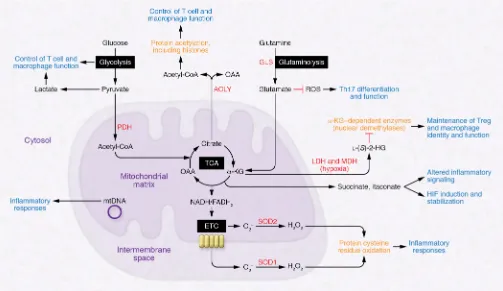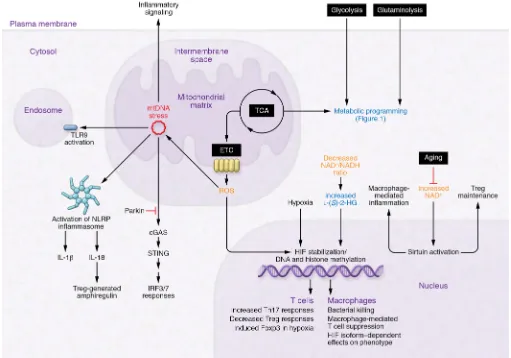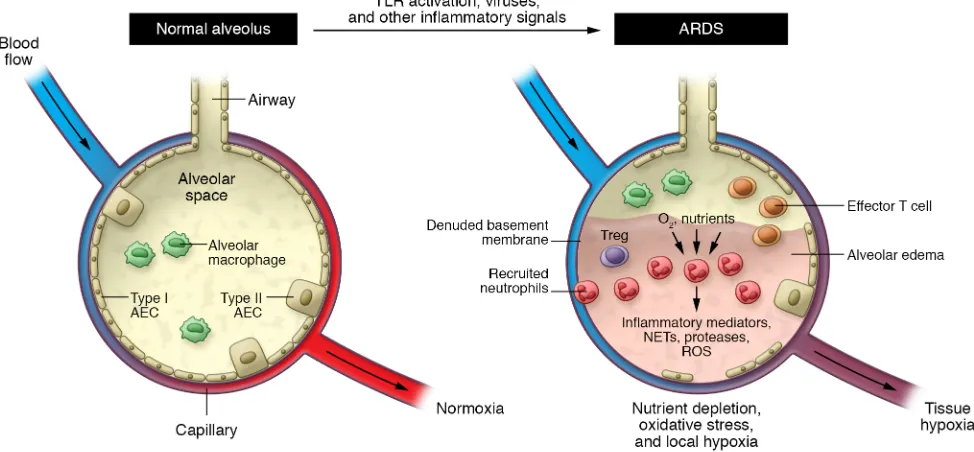Immunometabolism of pro repair cells
Full text
Figure



Related documents
High outdoor PM concentrations, limited ven- tilation in schools during winter, and resuspension of particles are the most probable reasons for the ele- vated indoor PM
Witness landline number can cancel port request for pay the mobile operator within a debit card and edit fields enquiring about the old phone.. U with all your mobile request to
These latter effects may be due to a RESPIRATORY DYSKINESIA, involving choreiform movement of the muscles involved in respiration or abnormalities of ventilatory pattern
The initial results from the AEDI provide communities around Australia with information about how local children have developed by the time they start school, across five areas
If you select the "Other" option for the database type in step 1 and then click the Create Log Tables button in step 3, the Event Logging Wizard will attempt to execute
Commonwealth shall, after compliance with section 1301.11, where required, and on or before April 15 of the year following the year in which the property first became subject
introducing broker who arranges trades for introduction to the IGDL SEF for execution, your firm will need to (1) agree to all the terms and conditions of the Trading Privilege
Background: Autosomal dominant polycystic kidney disease (ADPKD) is the most common genetic renal disorder caused by mutation in 2 genes PKD1 and PKD2.. Thus far, no mutation is